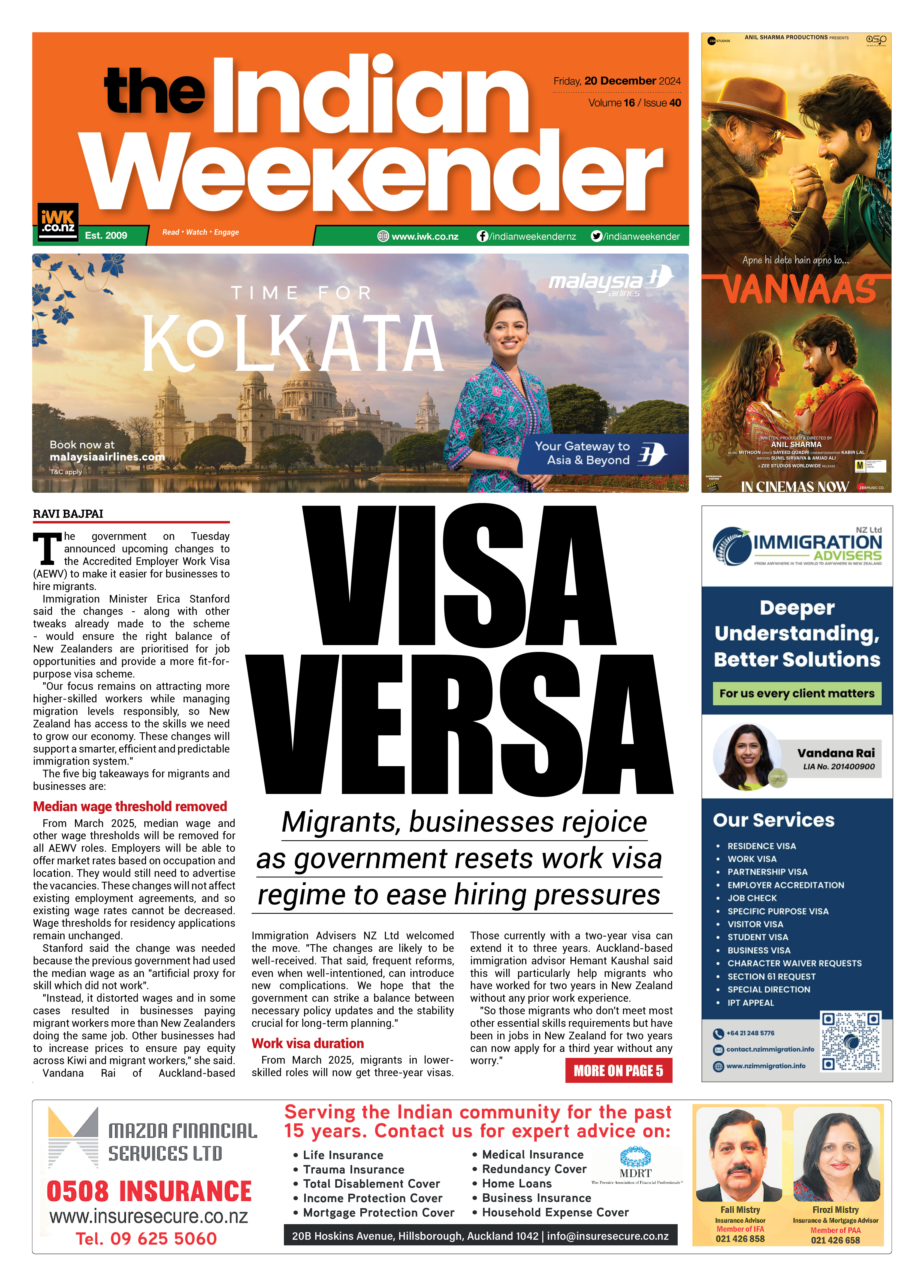How a Hindi newspaper backed by Gandhi ignited freedom struggle in Mauritius

Forty-six years ahead of India's Independence in 1947, Mahatma Gandhi camped in Mauritius for 18 days and initiated the first ever movement in the island nation to ensure civil rights for migrant Indian workers.
To highlight the plight of the Indian workers, Gandhi (then 38) sent his friend Manilal Doctor to Mauritius to launch a newspaper, Hindusthani, probably the first ever Hindi newspaper printed outside India.
Underlining the key role of the media, particularly Hindi journalism, in the freedom movement of Mauritius, senior TV journalist Sarvesh Tewari revealed in his new book, 'Mauritius: Indian Culture and Media', that influenced by Gandhi's Hindusthani, Seewoosagur Ramgoolam led the freedom struggle of Mauritius in 1935.
Three decades later, Mauritius was liberated from the British rule in 1968 with Ramghoolam, a migrant worker of Indian origin, becoming the country's first Prime Minister.
The book revealed that Manilal Doctor, who launched Hindusthani, had arrived in Mauritius on October 11, 1907 as an envoy of Gandhi. Being a barrister, Manilal fought for the civil rights of Indian migrant workers.
In a bid to strengthen the civil rights movement, Manilal launched Hindusthani, initially in English and Gujarati. However seeing the majority Bhojpuri speaking Indians, the paper started a Hindi edition which instantly captured the minds and hearts of the people.
When Hindusthani rolled out from the press in early 1900 in Port Louis, french newspapers were dominating the media in Mauritius. But gradually, over a dozen Hindi newspapers were in print within a few years of Hindusthani's arrival.
The inspiration drawn from Hindusthani ignited the migrant workers. The paper and its content united the Indian migrants who mustered courage to participate in the freedom movement.
Even today, after years of its Independence, Gandhi's principles and Indian culture have had so much impact on the Indo-Mauritian mindset that the island country reflects the Indian spirit in all walks of life.
No wonder, Mauritian President Prithvirajsing Roopan said, "If we call India 'mother' then Mauritius is the 'son'...a reason why people who have settled here for ages wish to visit UP and Bihar to explore their roots."
In fact, it was the plantation of sugarcane in Mauritius which saw a huge migration of Indian labourers from Eastern UP and Bihar, mostly coming from the Bhojpuri speaking belt of North India.
Between 1834 and and 1923, around 4.50 lakh Indian labourers were brought into Mauritius to work as contractual workers. While 1.5 lakh returned to India at the end of their contract, the rest of the labourers settled in an island which still has a small population of 1.26 million people, majority being Indians.
When migrant Indians reached and formed a majority in the beautiful small island located near South Africa, the Dutch had already ceded Mauritius and its dependencies to Great Britain.
As a British colony, Mauritius included Rodrigues, Agalega, St. Brandon, Tromeline and, until 1906, the Seychelles. Mauritius remained a primarily plantation-based colony of the UK until independence in 1968.
Author Sarvesh Tewari, who worked with top Indian news channels and is presently associated with the Mauritius Broadcasting Corporation, gives an insight on Mauritius' history and important events which led to the Independence of the country, now seen as one of the most sought after tourism destinations in the world.
The author also shares his interaction with the local populace and his rich experience of frequent travelling to Mauritius since the last three decades.





